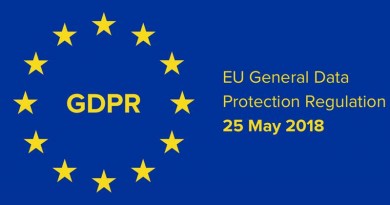Understanding Intergenerational Communication in the Workplace by Heidi Thiel
Today’s workplace is a multi-generational environment. The generation gap between baby boomers, Generation X and millennials creates communication challenges that lead to miscommunication. Creating a company culture that embraces communication differences with respect and understanding creates clear and open intergenerational communication in the workplace.
Different Values Mean Different Communication Styles
There are three generations that dominate today’s workforce:
- Baby boomers: Born between 1946 and 1964
- Generation Xers: 1965 and 1980
- Millennials: 1981 and 1996
To overcome the challenges of intergenerational communication in the workplace, you first have to understand how each generation communicates.
Baby Boomers
Baby boomers have a strong work ethic and many in this generation continue to work well past retirement age. They believe in paying their dues and expect younger generations to do the same. The career changes and looming retirement that face this generation can further complicate workplace communication.
Baby boomers prefer communicating in person and on the phone, but many are proficient with digital communication. Older generations are comfortable with email but prefer traditional communication methods. Baby boomers aren’t as resistant to change as it may appear—they are just more prone to value traditional communication styles.
Generation X
Gen Xers grew up with more advanced technology than baby boomers, making them more comfortable with digital communication. Many members of Generation X use technology as effectively as millennials, but value the social skills that baby boomers possess. Gen Xers are resilient, independent and flexible. They don’t like being told what to do, preferring to reach goals with their own skill and knowledge.
A study from NTT Data shows that email is this generation’s favored style of communication both personally and professionally. Generation X prefers to communicate quickly and precisely. They use digital communication effectively and value traditional communication methods, enabling Generation X to communicate effectively with older and younger generations.
Millennials
Millennials use social media frequently in their personal lives and understand how to use social media for business purposes. Their knowledge of technology makes millennials a valued asset in today’s workplace. However, their reliance on technology may hinder developing real-life social skills.
Millennials value consistent feedback and crave fulfillment and purpose in their work, even if it means earning less money. They place a high priority on a work-life balance that allows them to pursue professional and personal goals.
A study of millennials found that most respondents disliked communication via telephone and a survey by Korn Ferry found that millennials also avoid face-to-face interactions. Instead, millennials prefer to use digital messaging (55 percent) or email (28 percent) for workplace communication. The best way to communicate with millennial employees is via digital messaging apps using smartphones and computers.
Rethinking Company Culture
Bring awareness to age-related stereotypes, educate employees to understand generational communication styles, and create a culture that embraces generational differences. Create company events that benefit or interest employees of all ages or include different interactions that appeal to different generations.
Promote the use of different methods of communication across the company. Create a balance of digital communication, group meetings, one-on-one interaction, and other types of communication. Embrace each generation’s communication differences and foster a culture that respects those differences and seeks to educate employees about tolerance and acceptance.
By Heidi Thiel Siege Media




